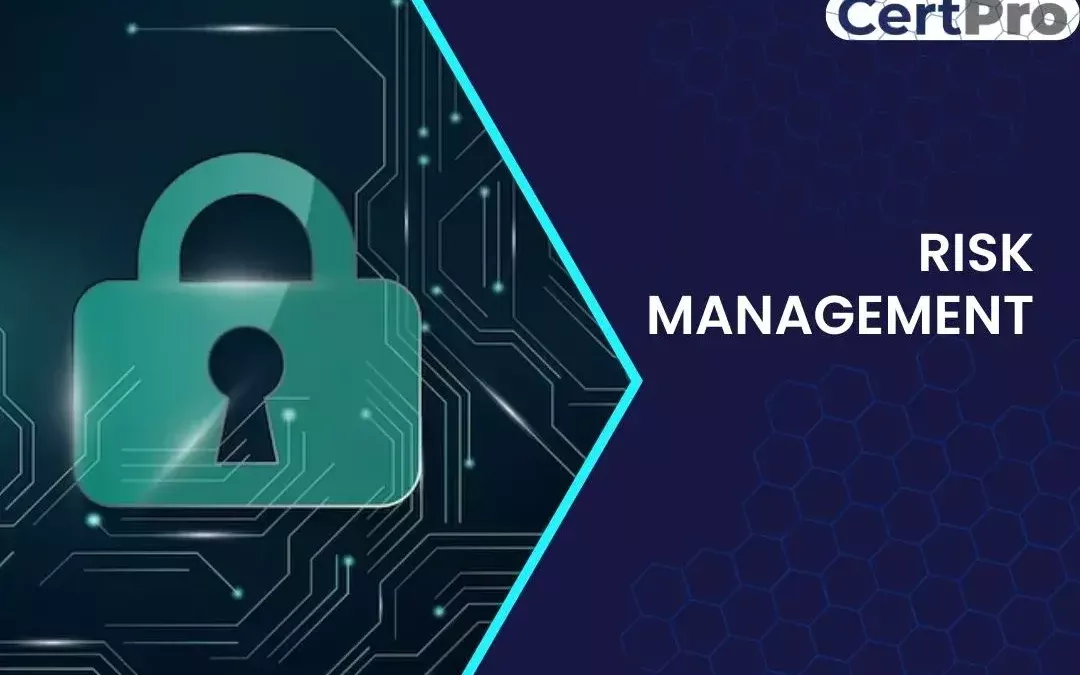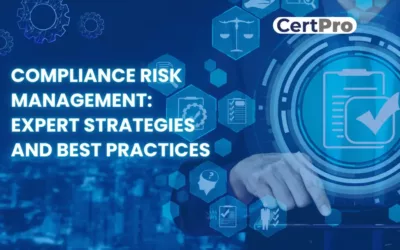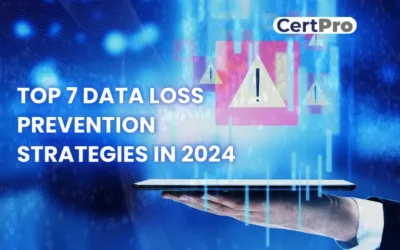Risk Management Process?
In order to understand the risk management process, we need to understand the major segments in risk management. There are principles that are defined for the construction and implementation of the risk management framework. The three major segments that constitute a risk management process are given below:
Principle 1: Understanding the Risks
Any management system starts from understanding the integral values of the system. It starts from the integral core process. We have to understand the contributors and the processes that are relevant for decision making (who, how and when). This will also enable us to understand the important parameters that need to be put into place so that we can evaluate and recognize newer risks that could originate in the process.
Principle 2: Framework
This principle starts with the mandate and commitment towards implementation. This is a critical stage in Risk Management Certification. It improves the leadership and the corresponding roles and responsibility of the involved employees. The next most important step is to design a framework for managing risks. The immediate next step post is monitoring the implemented risk management factors and any changes that we implement for the system to improve. Continual improvement is very critical and is the most important in the process of Risk Management.
Principle 3: Process
Process is another crucial part of risk management. Here, we can see that there is a process defined for risk identification and there is an analysis of this risk. Both of these are to be formulated after considering many parameters that contribute to the risk management process. Once the process of identification and analysis is completed, we need to perform the evaluation wherein we consider different options for risk treatment. Risk treatment plans must be selected and implemented under the leadership of recognized implementers. The monitoring of risks is also very important so as to maintain the process that is implemented. Finally, record-keeping is also crucial for the maintenance of the system.

Who needs Risk Management Certification?
Risk Management Certification is not limited to size, location or a particular organization and neither is it a certifiable standard. It is only a guideline and practice for the organization. The practice can be used by any organization and is helpful in minimizing the errors in the process. Risk management process is very easy if we could understand the critical process in the system that leads to more non-conformity. The importance of the risk management for any organization cannot be understated and it has its own contribution towards the system and its processes. Since the evolution of the management systems, the focus has moved on from prevention to risk calculation. Hence, all organizations are recommended to include a risk management framework in order to minimize the potential risks that may occur in the system.
What are the Requirements of Risk Management?
The requirements would be easier to understand with the implementation of the ISO 31000 standards – The need for risk management has to be understood well in advance by all its interested parties. The recognition of teams that would implement the requirements is also important in this regard. The team that would be responsible for implementation would have to integrate the risk management framework into the process or through other management system certification and analyze the risk through identification and classification.
Risk Assessment
Risk identification is a very crucial part of the standard. It requires parameters to be defined and the core process to be understood. The importance of risk elimination in the process also needs to be understood as this is another part of risk evaluation. It has to be performed by leaders in the organization who are responsible for implementing the standard. Risk analysis would lead to the risk evaluation that would boost the requirements and the monitoring of the system that is required to be performed in the latter stages.
Risk Treatment
Risk treatment is another aspect the risk management. Risk treatment would embark the elimination of the risk that is identified and analyzed. It has to be performed by the organization at all control points that pose a threat to the risk generation. CertPro offers complete assistance in Risk Management Certification in India, Kenya, South Africa, Ghana, Egypt, UAE, Oman, Saudi Arabia, Bangalore, Chennai, Singapore, Bahrain, Mozambique, Maldives, Mauritius, etc.

How to get risk Management Certification?
Risk Management certification can be obtained by compliance through guided implementation from experts like Certpro for any organization. Through our brief training and documentation assistance, Risk Management certification would require you to document the basic standard operating procedure. It would also require sufficient training for the employees who are recognized as leaders in order to implement the standards in the organization. CertPro experts would help the organization to integrate the standards in the system by analyzing the basic control points in the system. We would also help in monitoring the required controls that are implemented in the system. Please contact us at www.certpro.in for more information on the technical assistance provided by the experts in the industry at CertPro.
What did we learn about Risk Management Certification?
We now have a basic understanding on the required principles and the process of certification. ISO 31000 certification is provided by the experts at CertPro with complete implementation guidelines and documentation assistance from the lead auditors present in the organization. We would train the employees on the demands of the standard and help them implement and maintain the system throughout the period of certification. ISO 31000 and its benefits are already explained in this blog. We believe you can see how important it is to understand the exact requirements of the customers (who expect and demand that you get certified in this regard). Connect with CertPro for more information on the standard and its implementation cycle to get certified as efficiently as possible.
COMPLIANCE RISK MANAGEMENT: EXPERT STRATEGIES AND BEST PRACTICES
Compliance risk considers the organization's potential legal, material, and financial losses due to compliance failure. Thus, compliance risk is known as integrity risk. Organizations of all sizes are exposed to compliance risk. Hence, compliance failure results in...
TOP 7 DATA LOSS PREVENTION STRATEGIES IN 2024
In the contemporary business landscape, data is the cornerstone of organizational vitality. Businesses leverage data extensively to inform decisions, maintain competitiveness, and foster expansion. Nonetheless, they encounter multifaceted challenges emanating from...
TIPS FOR ARTICULATING YOUR SECURITY POSTURE TO STAKEHOLDERS
Cybersecurity is now a top-tier priority for any Organization. Data breaches can ruin the entire company, destroy customer trust, and damage reputation. However, companies can find decision-making difficulties because stakeholders, board members, department heads, and...




